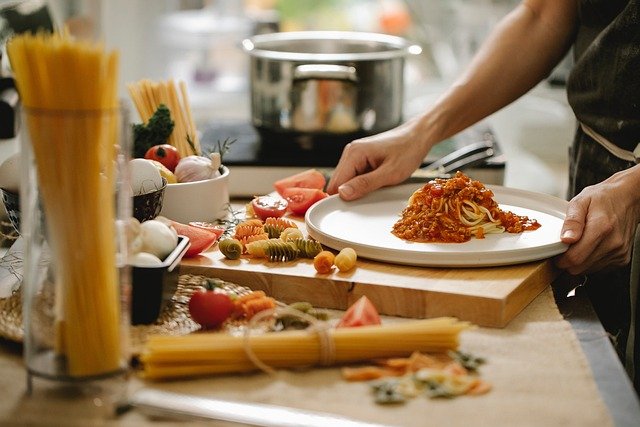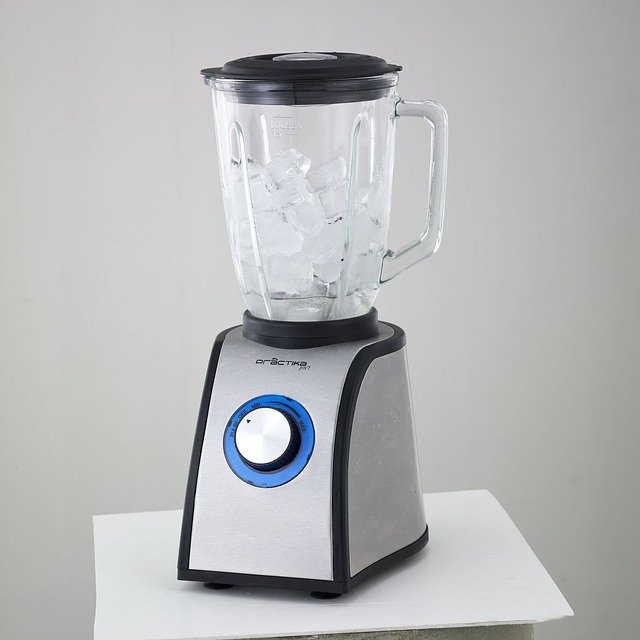Insider Tips for Organizing Your Culinary Space
The kitchen-ware entrepreneur Ellen Bennett reveals strategies for keeping food labeled, seasonings arranged and containers in ideal order.
In kitchens the world over, the French culinary phrase mise en place has come to signify “everything in its place.” In practice, it’s a formalized philosophy among chefs in which every combining utensil, every seasoning and every instrument consistently returns to a designated shelving space. For Ellen Bennett, the Los Angeles-based founder and C.E.O. of the culinary and lifestyle brand Hedley & Bennett, that system is a way of life. An exacting standard of organization, she learned as a line chef at restaurants like Los Angeles’s Bäco Mercat and the two-Michelin-starred Providence, is what keeps fast-paced kitchens operating efficiently. “When you have a place for everything, you don’t have to think twice,” she says, because there’s no seeking for what you need. “It’s about not having to do the extra work.”

Today, Bennett no longer works in restaurants. Almost seven years ago, she founded Hedley & Bennett under the simple premise of giving chefs more dignified attire, substituting out the standard inexpensive synthetic aprons for top-grade linens and canvas. She now sells to thousands of restaurants and innumerable aspiring home chefs, retailing at stores that include Whole Foods and Sur La Table. (Next up, she’ll serve as the Creative at Large for Downtown Los Angeles’s forthcoming Firehouse Hotel.) Despite turning her culinary experience into a multimillion-dollar enterprise, Bennett still retains the discipline and know-how she learned from working back-of-house — and continues to abide by the codes of mise en place in the kitchen of her own sunny Echo Park home.
Mixing the minimalism of Marie Kondo with the functional efficiency of a fine-dining cook, Bennett walks T through the cabinets, pantry and drawers of her kitchen, passing on the methodologies she’s learned from master chefs — because, as she puts it, “just throwing things in a drawer is selling yourself short.”
Divide and triumph
Bennett is a great admirer of “Salt, Fat, Acid, Heat,” the book and Netflix series by chef Samin Nosrat that concentrates on those four elements as the pillars of flavor. Similarly, Bennett believes that all cookware falls under the four pillars of “prep, cook, serve, store,” and should be divided accordingly. Her drawer marked “PREP” includes instruments like combining basins, her mortar and pestle, a scale and a measuring glass, while the “COOK” drawer is full of dishes and pans. Items for serving — plates, platters and glasses — are in the cupboard, her hermetic receptacles are all arranged in a compartment of their own, and never shall the four ever meet.
Sort by flavor and function
“Knowing there’s a zone for everything makes it easier to just go and find,” says Bennett, whose refrigerator contents have been categorized based on flavor profile and function: Asian sauces, American condiments, fruits, vegetables and marinated items each have a designated section. On the countertop, she maintains what she calls her “flavor station,” a dependable wooden basin stocked with shallots, garlic and red onions. “They’re the raw materials,” she says, “the all-around the basics of good flavor.
Date and label
With all these identical containers, knowing what’s inside and when you acquired it is essential. There are, however, no label manufacturers here. “In a professional kitchen, everything is labeled with painters tape,” Bennett says, “but chalkboard paint with a chalkboard pen looks nice, and it’s also easier to read.”

Keep everything in clear sight
Bennett dislikes the guesswork game of drawing blades out of a butcher block to see which is which. She prefers to store them in a drawer or on a magnetic strip affixed to the wall. “It’s all about visibility and making it easily accessible,” she explains. On the same note, she converts her dry products to labeled, transparent plastic or glass containers from Restaurant Depot or the Container Store so that she can always see what’s inside, a tactic she learned from doing restaurant inventory. “When you have a carton, you can’t tell how much is left over,” she explains. “In a professional restaurant, you see how much is left, and if it’s below halfway point, typically, you order new. This is a means for you to be able to say, ‘Oh, O.K., I’m running out of cinnamon sticks.’”
Keep your devices to a minimum
The tools in your kitchen don’t need to inspire pleasure, but you should discard the items you never use, according to Bennett, who recently disposed of the juice machine that had been collecting grime underneath her sink. “All the kitchens I’ve worked in have the tools they need, and they get rid of the things they don’t,” she says, “because it’s just standing in the way.” Counting a chef’s knife, a paring knife, a bread knife and a pair of shears as kitchen drawer essentials, she’s a staunch opponent of single-utility items like cherry pitters and garlic presses. “Do not get an avocado slicer,” she says. “Learn to use a knife.”
Don’t keep all your assets in one basket
Separating like products into various containers and receptacles makes them simpler to grasp on the go: All of Bennett’s vitamins and medicine bottles are in one tray in the fridge; her utensils are divided up by open rectangular boxes in drawers; and a hamper in the pantry holds the bagged items that don’t stack neatly on shelves, including potato chips and feed for her pet pig, Oliver, and chicken, Olive Oil.
Keep purchasing containers in the car
That way you’ll never neglect to bring them to the market.
Store essentials near at hand
“Counter space is precious real estate,” says Bennett, so only the genuinely necessary essentials get to remain there. Next to the cooktop, she has a tray of butter, salt, pepper and oil, and a can that contains tongs, a spatula and wooden utensils. “Those are good to have at your fingertips,” she says. (And butter, by the way, is preferable outside the refrigerator.) The cutting board is also always on the kitchen island ready to go, next to her trusty flavor station.





